
1872年東京 日本橋
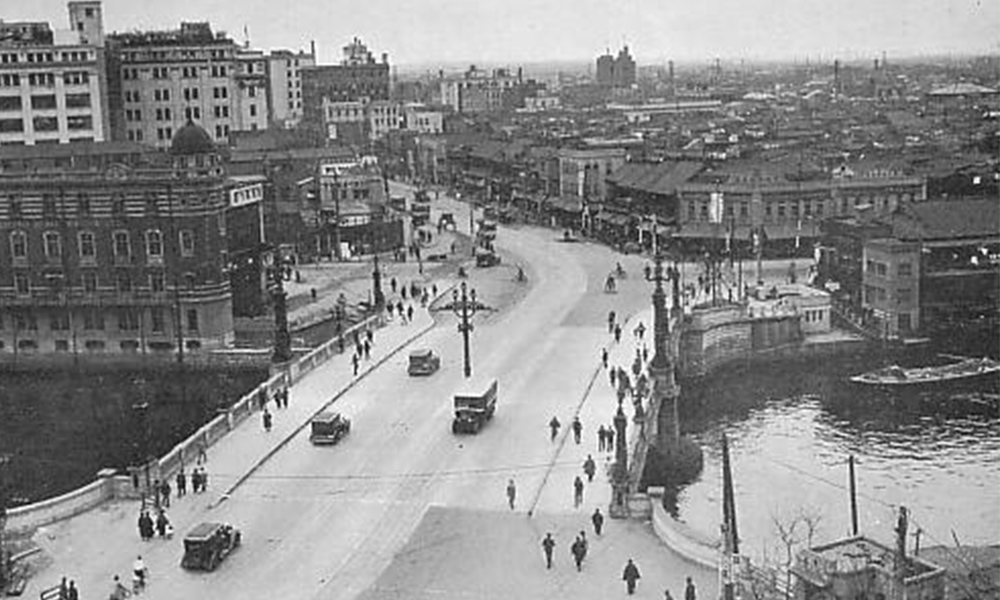
1933年東京 日本橋
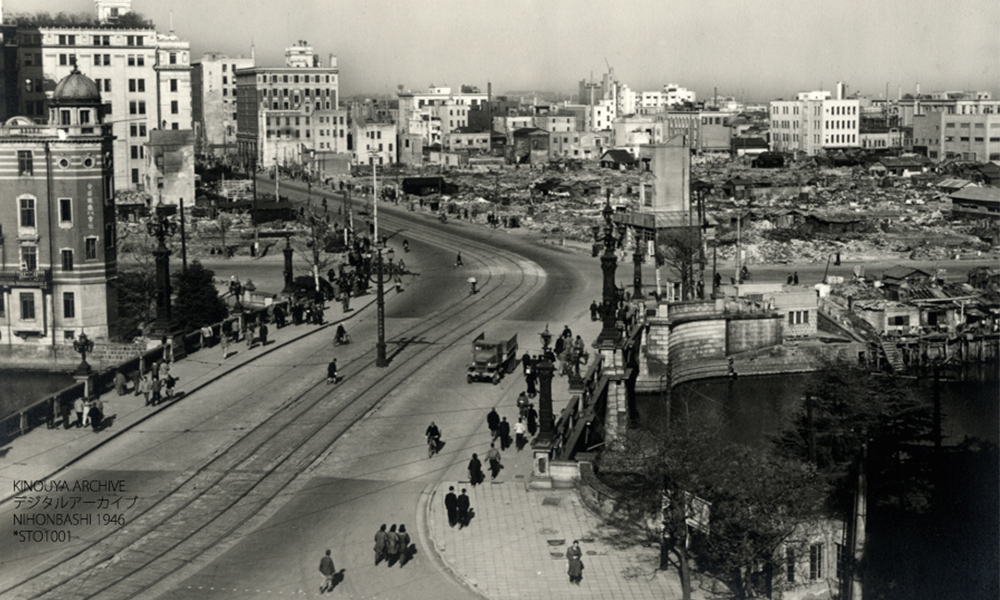
1946年東京 日本橋
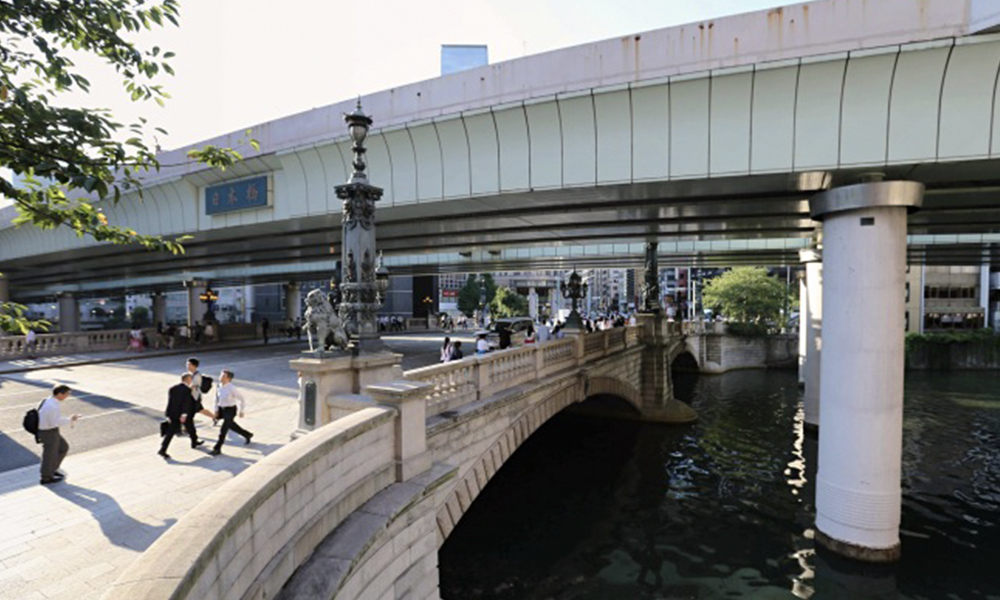
2017年東京 日本橋
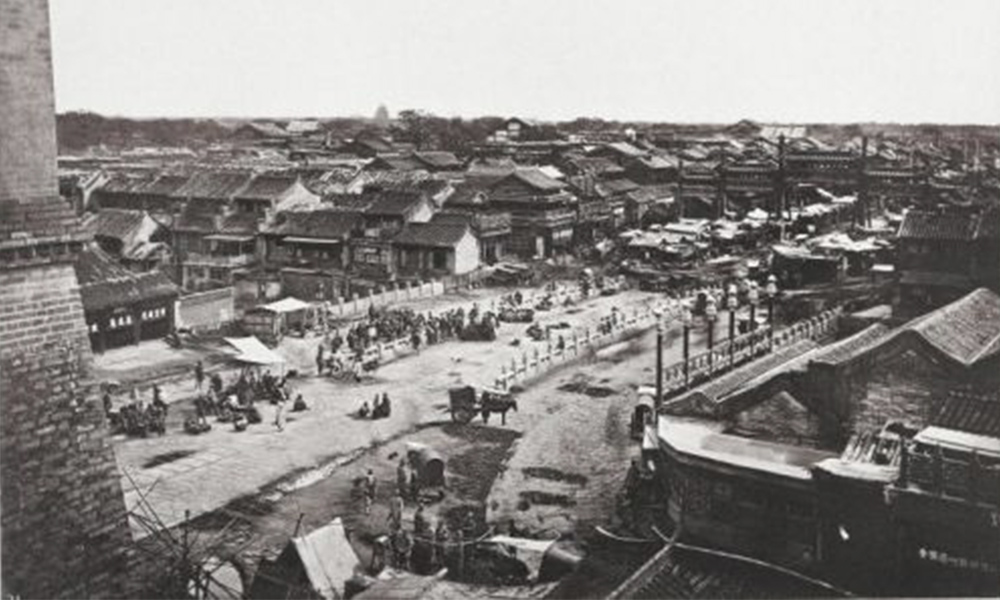
1872年8月〜10月北京 前門
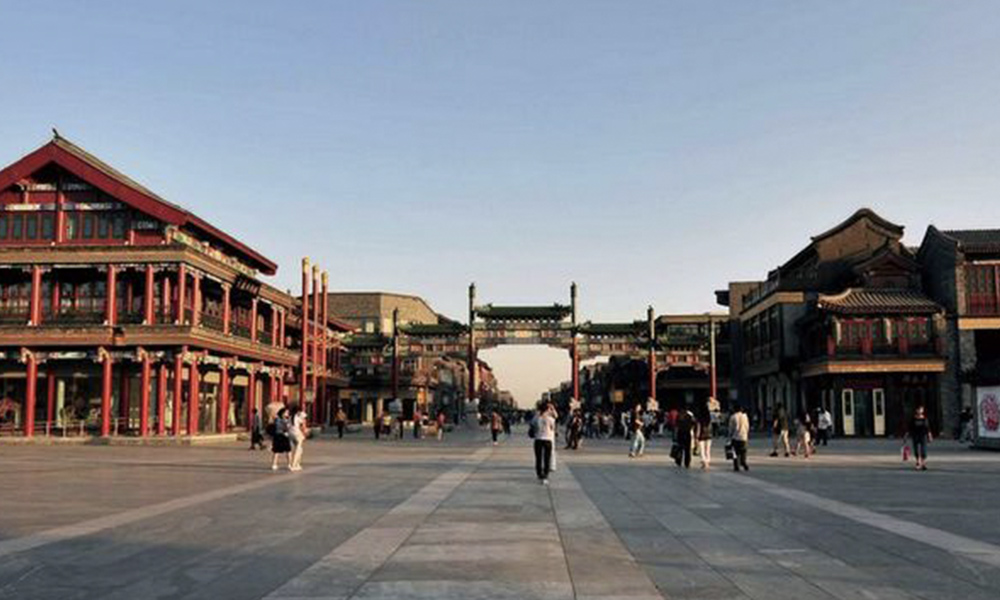
現在北京 前門
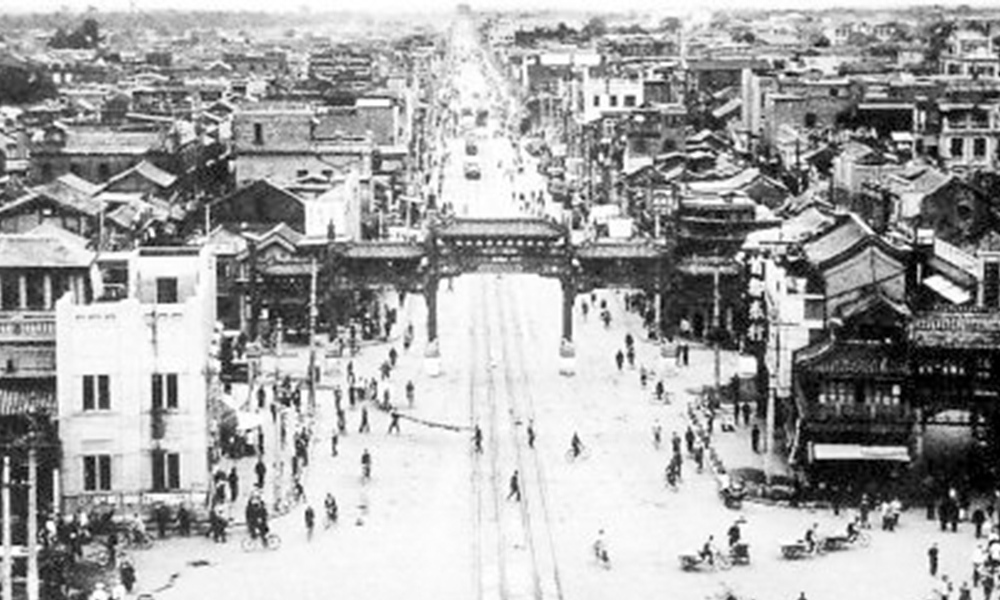
1949年前後北京 前門
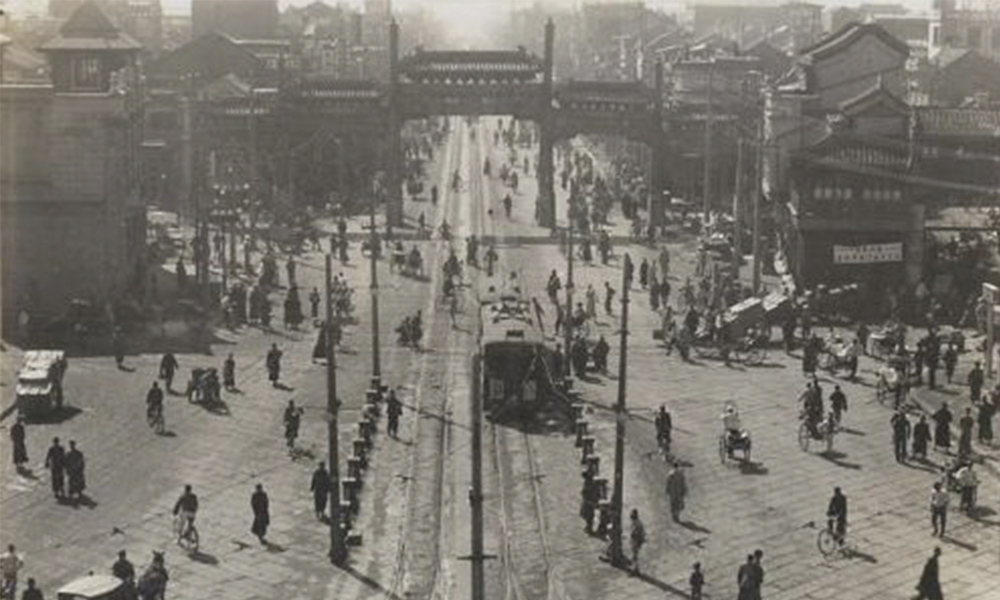
1930年代北京 前門
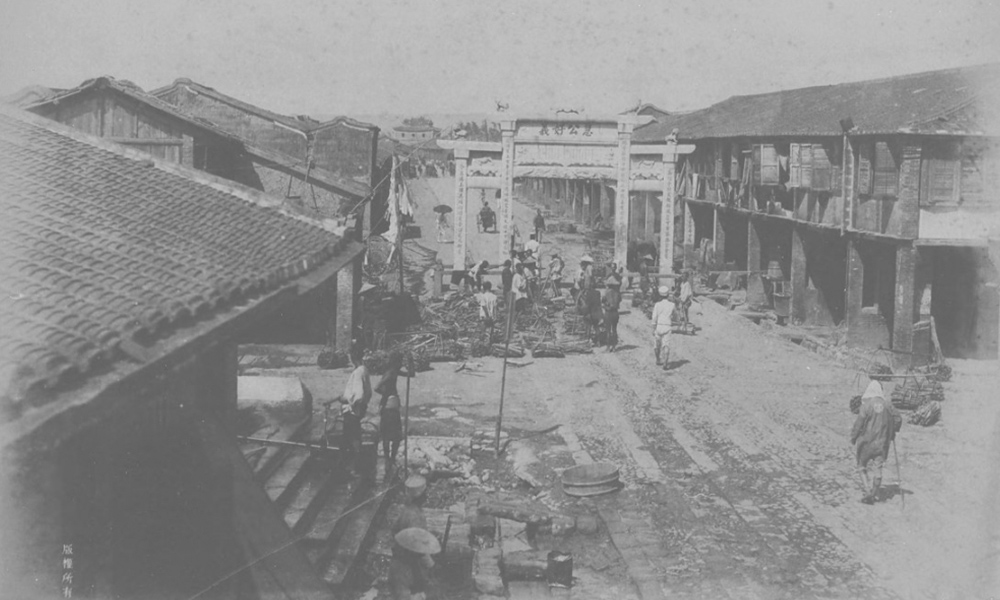
1895年台北 衡陽路
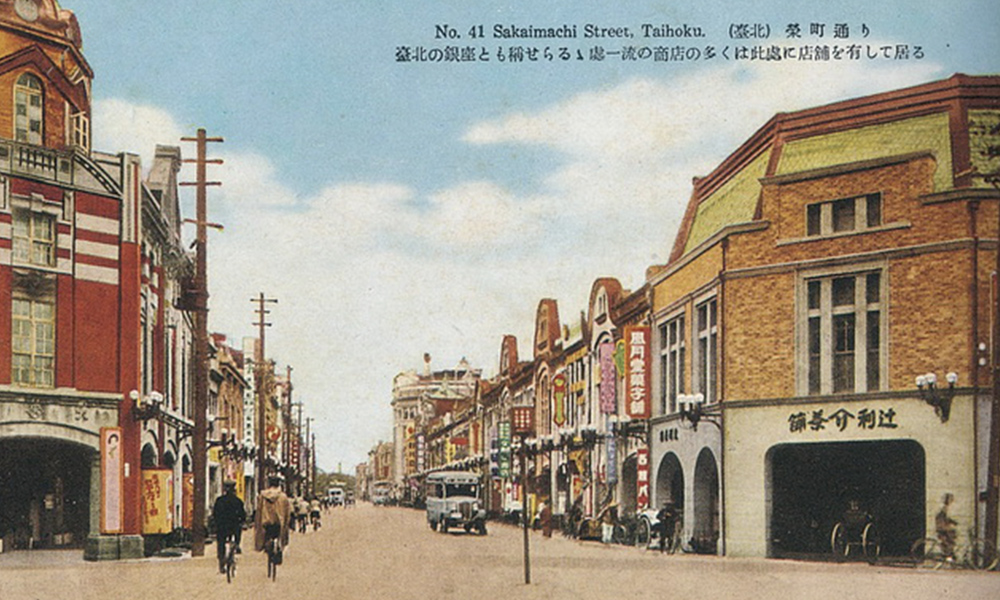
1930年代台北 衡陽路
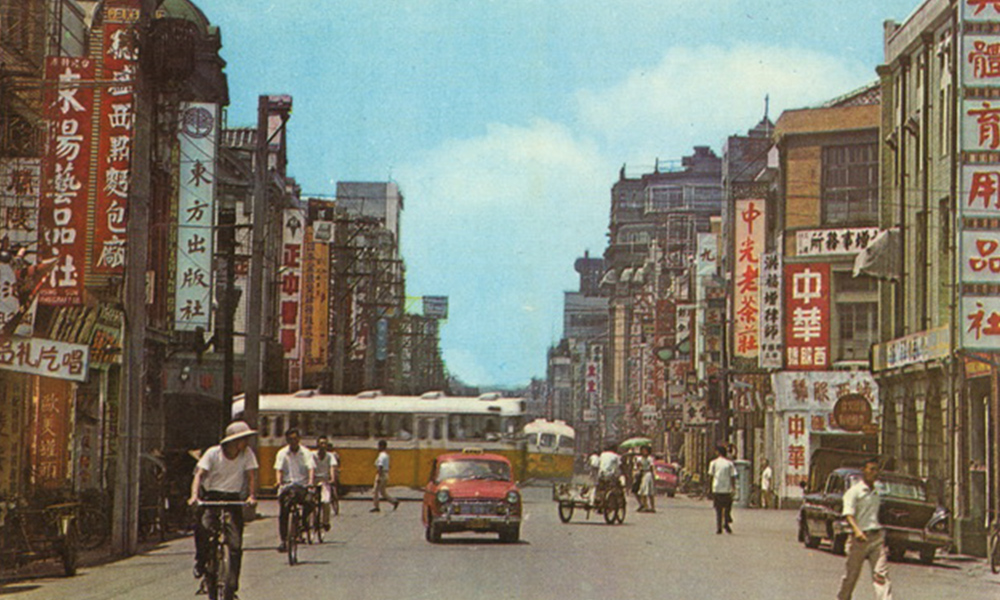
1960年代台北 衡陽路
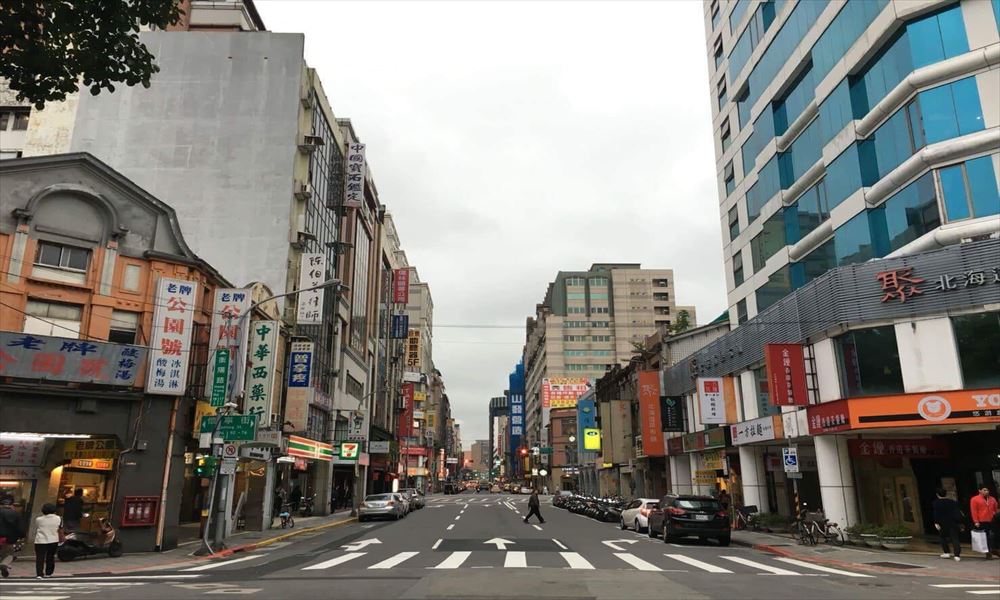
現在台北 衡陽路
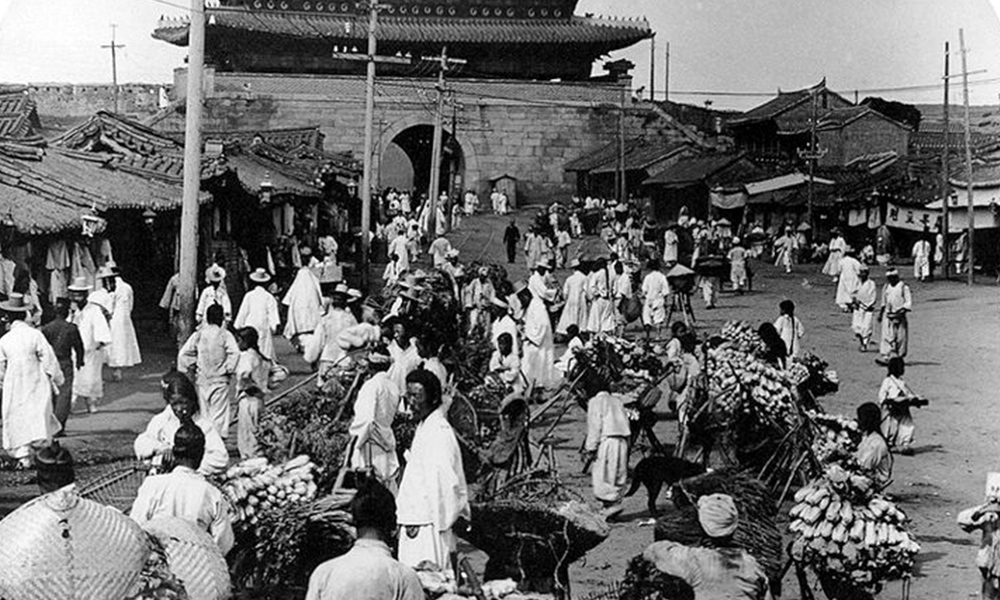
1904年ソウル 南大門
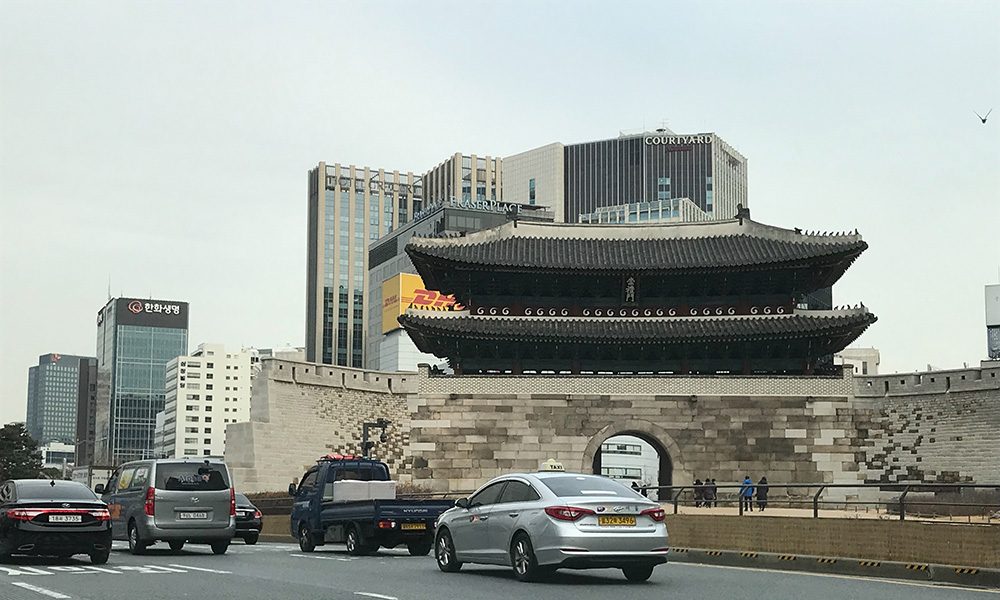
2006年ソウル 南大門
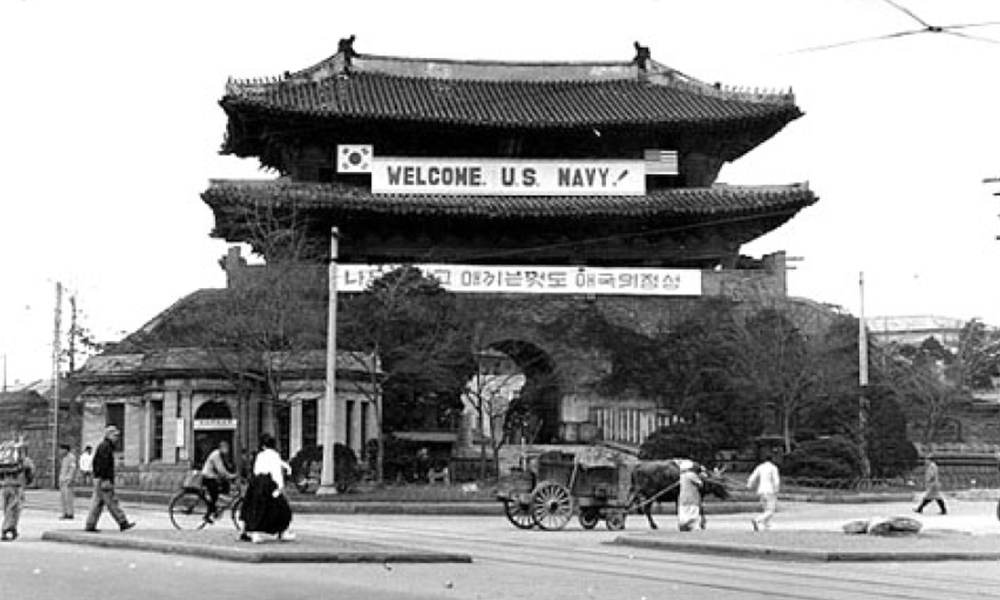
1950年ソウル 南大門
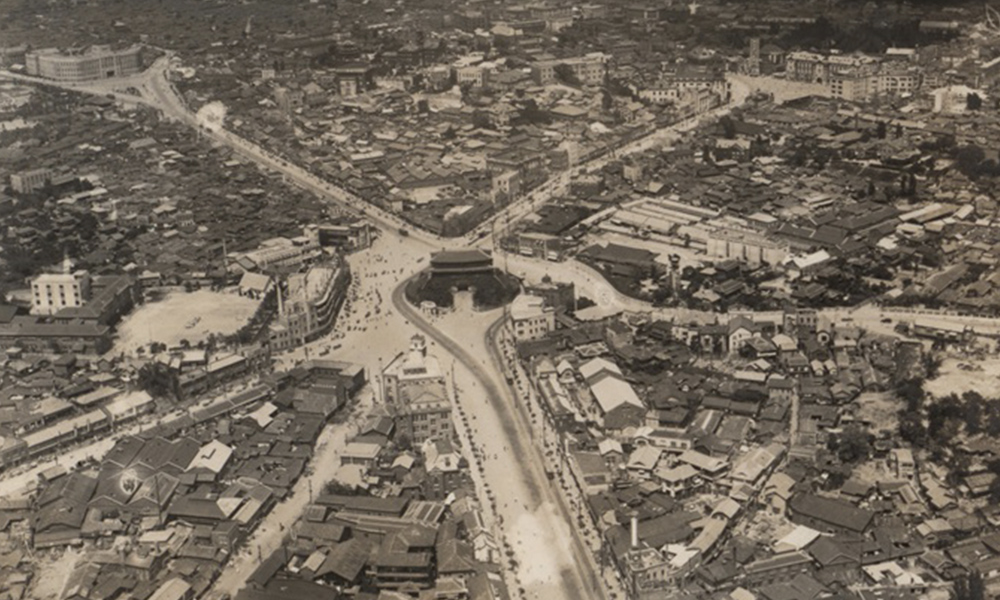
1940年代初ソウル 南大門
*To introduce US military materials related to Koreans who worked as members of Japanese units and were killed on Iwo Jima or became US prisoners, as an example of Korean involvement in the Pacific during WWII.
*To learn that addition to the Japanese soldiers and ordinary people killed during the Battle of Iwo Jima there were Koreans who lost their lives there as well.
*To need to do research more on not only US materials, but also Japanese and Korean materials including personal records such as survivors’ interviews, diaries and letters, aiming to understand comprehensively each battle in the Pacific.
Based in College Park, MD Nichimy Corporation US office staff have been conducting historical research and scanning services. Our main clients include national and local Japanese governments, universities, news agencies, and academic researchers in Japan, the United States, and other countries.
Our mission is to provide information services through historical research, data collection, and preservation of historical documents. We believe that history holds important keys to solutions to many of the problems we encounter today.
Based on historical documents, we learn of events that took place that provide important insights into society. Our objective is to analyze such events and contribute our knowledge as we believe that history gives directions for necessary change today and a course of action for a better future.
It has been 74 years since the end of World War II. We grew up listening to war time experiences from our parents or grandparents, but we still do not know much about actual war and people’s experiences during the war.
US National Archives in College Park, Maryland to where we come every day has a tremendous amount of material related to WWII from 1939 to 1945, including the war in the Pacific theater; the atomic bombing of Hiroshima and Nagasaki; and the end of the war with textual, still photo, motion pictures, and aerial photos.
These materials were initially made for the United States, not for other countries. However, through them we can learn what was going on during the actual battles; how Japanese soldiers desperately and fiercely fought against US forces; and how those Japanese soldiers while facing death and thinking about their families made extraordinary efforts to accomplish their missions.
Using historical material related to prisoners of war this paper will examine the role of Korean and Japanese soldiers during the Battle of Iwo Jima. It is my hope that disseminating its information will help facilitate reconciliation between Japan and Korea.
US forces landed on Iwo Jima on February 19, 1945. Those landing forces were mainly US Marines and fought against Japanese until the end of March. Then, US Army 147th Regiment conducted mopping-up operations until sometime around June 1945.
For the Battle of Iwo Jima, Japanese military power consisted of about 22,000 personnel while US military power was about 100,000. Eventually more than 1,000 Japanese soldiers were held as prisoners by the end of June 1945, but most of the Japanese soldiers were killed on the battlefield or in caves or fortifications. At the same time, about 7,000 US Marines and soldiers were killed and about 20,000 were injured. The Battle of Iwo Jima was one of the fiercest battles in the Pacific.
、
 |
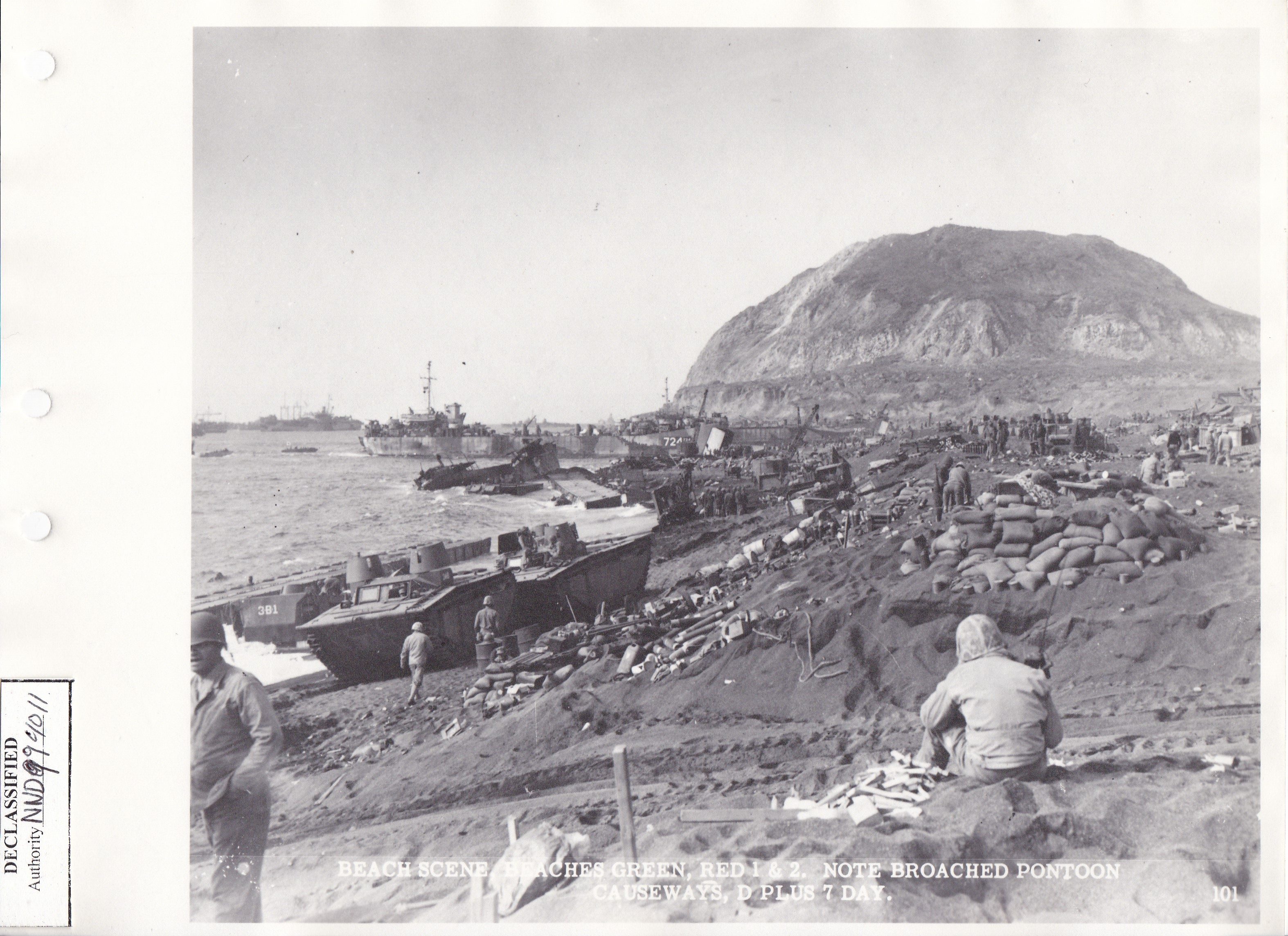 |
|
2 photos above: RG127 Records of US Marine Corps Entry A1-1051 Box133, National Archives at College Park, MD |
These pictures below were taken from a motion picture at National Archives. The title of the film was “General scenes on Iwo Jima.” The film showed different scenes including carrying injured US soldiers, Korean prisoners of war who had worked in Japanese naval construction battalion units, and a cemetery of US soldiers.
There were almost 500 motion pictures related to the Battle of Iwo Jima with some of them relating to Japanese prisoners. It is important to note, however, that throughout all of our research we discovered only one motion picture related to Korean soldiers on Iwo Jima.
 |
 |
 |
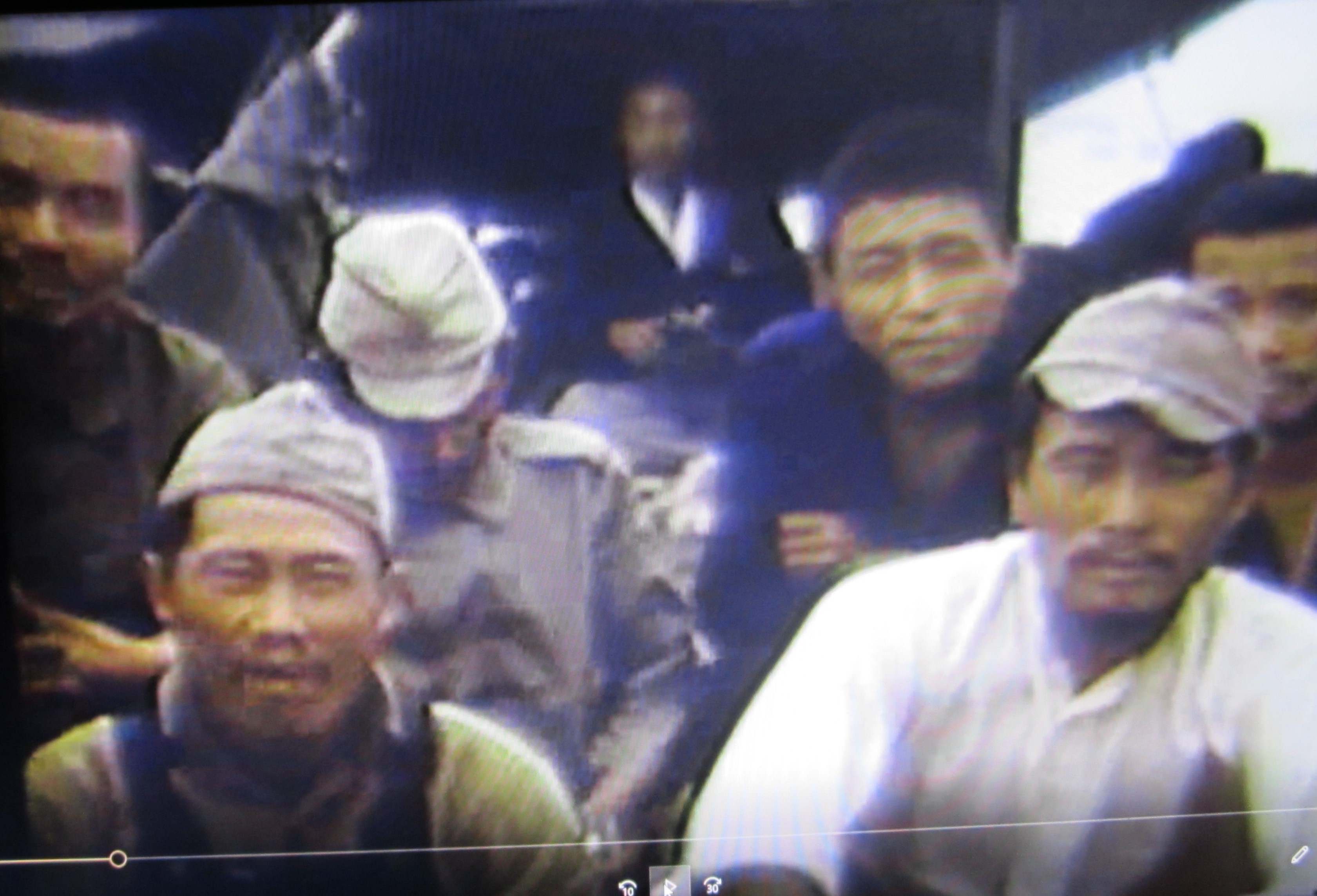 |
|
4 photos above: “General scenes on Iwo Jima “: https://catalog.archives.gov/id/78629 , RG428 General Records of the Department of the Navy, Entry NPC, Film No. 8860, National Archives at College Park, MD |
The mission of the Japanese Naval Construction Battalion, which was part of the Japanese Imperial Navy, focused largely on the construction of airfields and bases. The US Navy had similar units – Naval Construction Battalions – which are known as the Seabees.
We located some records pertaining to Japanese Naval construction battalions. According to those reports, Japanese military forces on Iwo Jima totaled 21,458 men, including 14,443 men of the 109 Division of the Japanese Imperial Army and 7,015 sailors under the command of the Japanese Imperial Navy which includes 1,410 sailors of the 204th Naval Construction Battalion. It appears that the 204th battalion stationed 200-300 men in each area on Iwo Jima. 。
 |
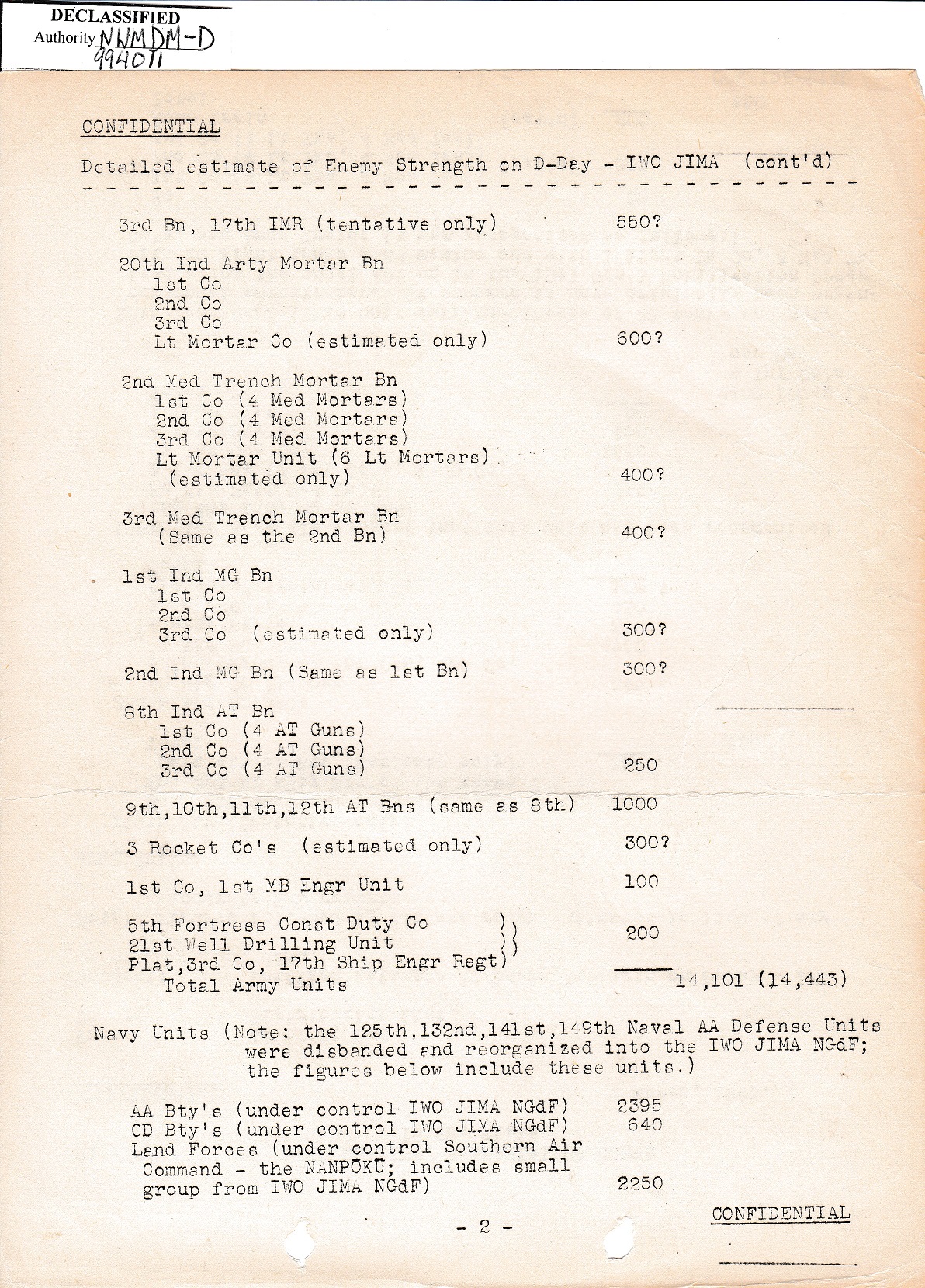 |
 |
 |
4 documents above: Headquarters 5th Amphibious Corps Landing Force Iwo Jima General Staff Section Reports G2 Report from RG127 Records of US Marine Corps Entry A1-1051 Box 78, National Archives at College Park, MD
As the day went by, US forces boxed Japanese forces into a corner resulting in the capture of Japanese prisoners. There were many photos related to the situation. When they captured those Japanese soldiers, they acknowledged that those prisoners were Japanese.
 |
 |
 |
 |
4 photos above: RG127 Records of US Marine Corps Entry GW Box 20, National Archives at College Park, MD
However, US forces distinguished between Japanese and Koreans after they were taken prisoner. One of the items below indicates a sketch map of the stockade which includes a list of rules. Also, it was clearly stated that US forces would not kill nor abuse prisoners and that the US did not think that becoming a prisoner was shameful. It was very interesting and I cannot imagine how shocking that was for Japanese prisoners at that time.
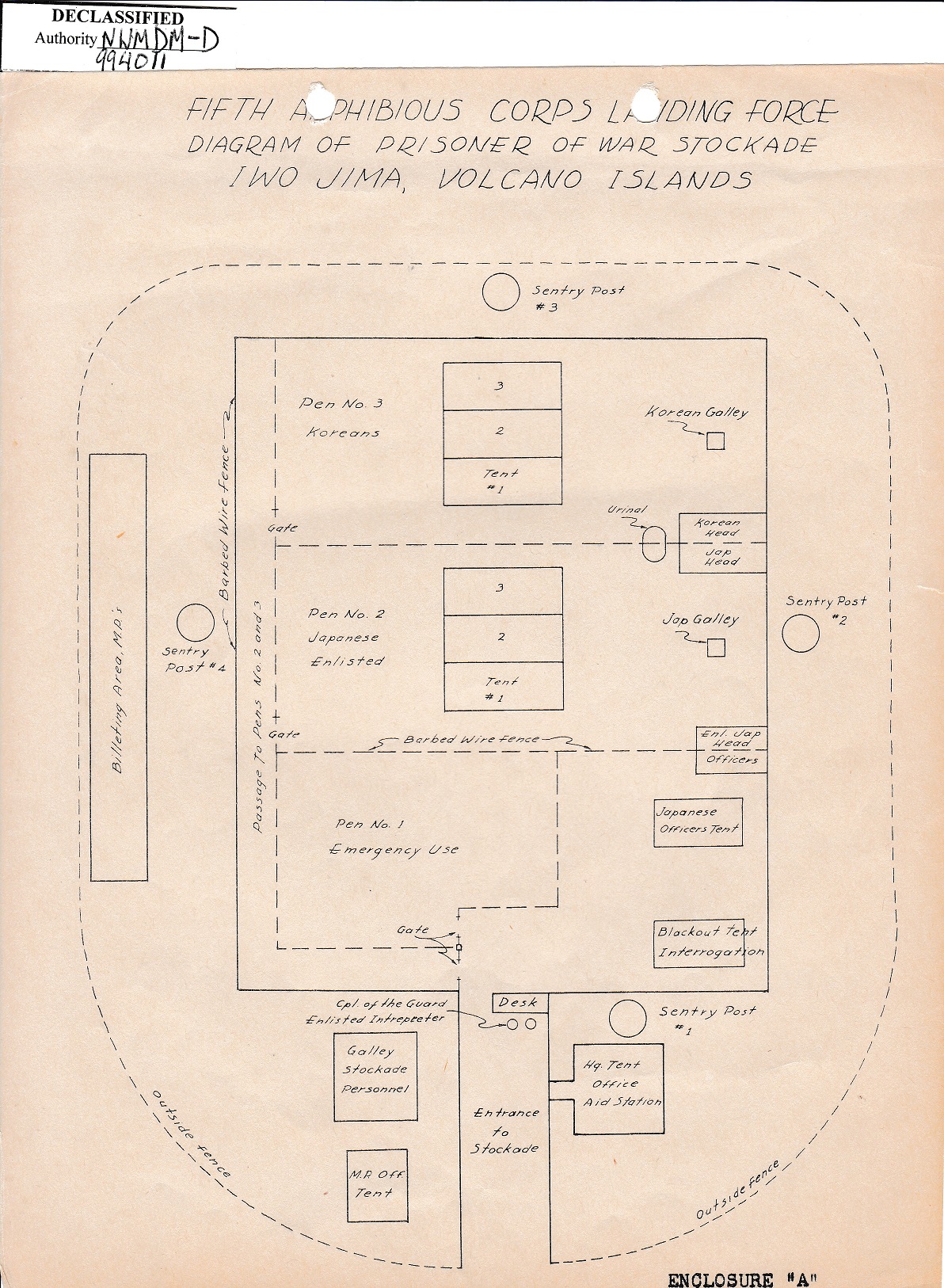 |
 |
 |
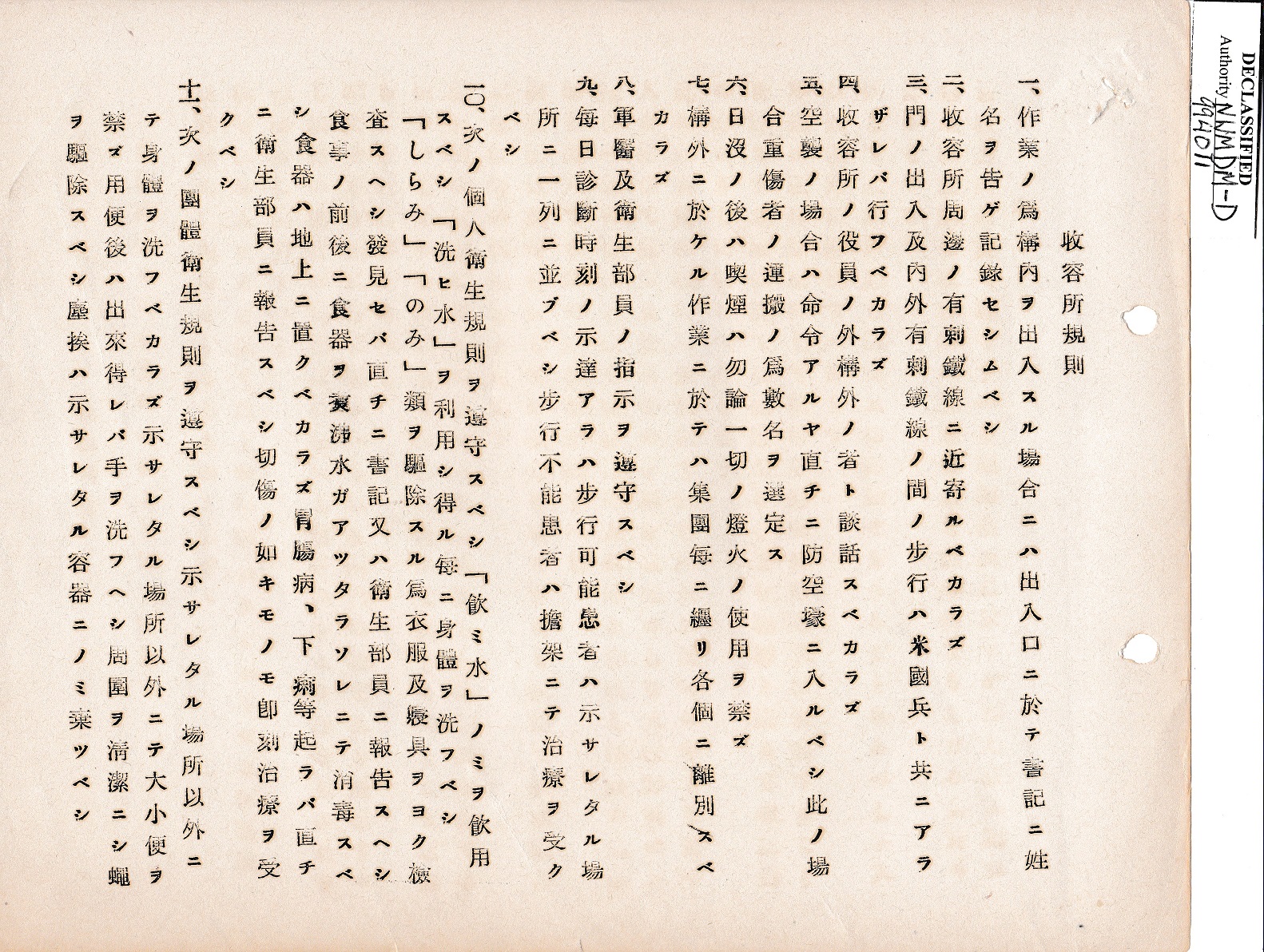 |
4 documents above: Headquarters 5th Amphibious Corps Landing Force Iwo Jima General Staff Section Reports G1 Report from RG127 Records of US Marine Corps Entry A1-1051 Box 78, National Archives at College Park, MD
We don’t know how many Korean soldiers were on Iwo Jima. As I mentioned above, the 204th Japanese Naval Battalion had 1,410 men according to the US action report. From those 1,410 men, we could not find detailed information about Koreans in the battalion. However, we did find clues in some interrogation reports. Depending on each interrogation, the number of sailors in the Japanese Naval Battalion varied from 700 to 1500. Also, the number of Koreans in the battalion was different. For example, a unit could consist of 200 Koreans and 800 Japanese or the entire unit could be made up of Koreans. Based on each interrogation, US forces put everything together and made their reports.
 |
 |
 |
 |
4 documents above: “Partinent facts extracted from Original POW Preliminary Interrogation Report on March 7, 1945” from RG127 Records of US Marine Corps Entry A1-1051 Box 114, National Archives at College Park, MD
According to those reports, the total number of personnel in the Japanese Navy Construction Battalion was 1,000 or more consisting mostly of Koreans. The battalion was divided into six units. Most of them become Japanese Naval Construction members on July 1, 1944, but they were already working as civilian workers on Iwo Jima before then.
Almost 500 out of the total 1,000 or more of the Japanese Naval battalion were killed by US naval gun fire and air raids. If it is true that Korean sailors numbered around 1,000, then it means that almost 5 percent of the 22,000 Japanese military forces on Iwo Jima were Koreans.
It was said that there were more than 1,100 civilians who lived on Iwo Jima before the war. However, 103 men above the age of 16 from those 1,100 civilians needed to remain to support Japanese forces for the battle. It is very important to remember that Koreans sacrificed their lives as well as Japanese soldiers and civilians.

5th Amphibious Corps Landing Force G2 Periodic Report on 4/9/1945 from RG127 Records of US Marine Corps Entry A1-1051 Box 80, National Archives at College Park, MD
From February 19, 1945 to the end of March 1945, the number of Japanese killed in action totaled 21,541 and the number taken prisoner was 216 of which 156 were Japanese and 60 were Korean according to US action reports.
After US Marine Corps forces left Iwo Jima at the end of March 1945, the US Army’s 147th Regiment commenced mopping-up operations against Japanese military forces by setting fire to caves using a combination of seawater and gasoline. From April to June 1945 more than 1,000 Japanese were taken prisoner. With about 22,000 Japanese military personnel stationed on Iwo Jima at the beginning of the battle and only 1,000 remaining alive as prisoners afterwards is a testament to just how brutal the Battle of Iwo Jima really was.
This paper introduced the reader to some historical material related to Koreans on Iwo Jima. Even though there might not be many items related to Koreans in the Pacific during World War II, it is important to study those that are found. Many Japanese soldiers, Japanese civilians, and Koreans were involved in the fierce battle on Iwo Jima. Many people including soldiers, civilians and indigenous people sacrificed themselves on other islands in the Pacific too.
It is difficult to see the entire picture and to understand the detail of each battle. However, we still must try to learn the story by studying not only US materials at National Archives and other archives in the US but also Japanese and Korean materials, including survivors’ interviews, diaries, memos, and drawings. The most important thing is that we need to continue to learn about each battle comprehensively. How the Japanese side including Japanese soldiers, civilians, Koreans, and other people fought against the enemy and how they died. We should remember that our society is at the expense of those people’s lives during war. Because of it, we need to hand down what we learned to future generations. I believe that our efforts can contribute to sharing history between nations and contribute to living together in peace.